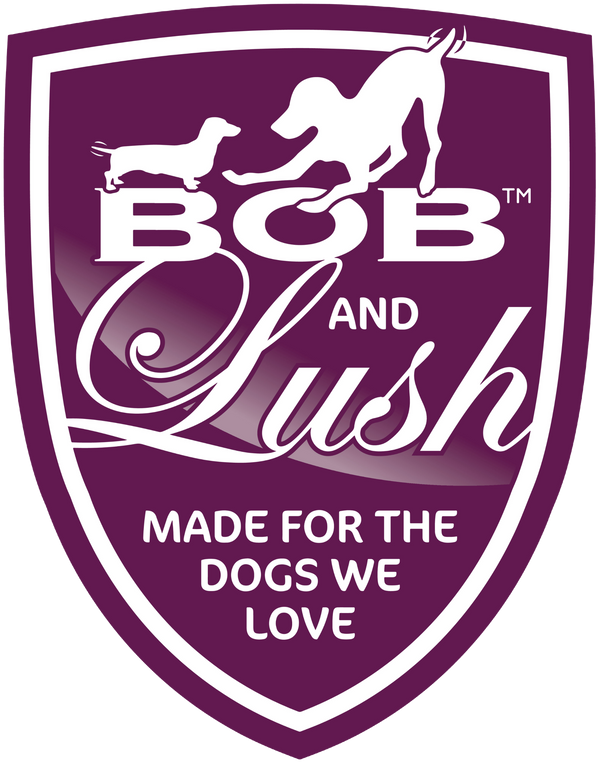Allergies in dogs typically manifest in two main ways: gastrointestinal issues or skin problems. These allergies can be attributed to dietary factors or environmental conditions. Here, we provide insights into effectively treating dog allergies.
Gastrointestinal Upsets Often Link to Diet Gastrointestinal problems in dogs often manifest as mild, recurrent vomiting and/or diarrhea. These issues might not appear severe enough to warrant immediate veterinary attention, as pets tend to recover spontaneously, only to relapse a few weeks later. More often than not, these cases are reactions to their diet.
Treating Food Allergies in Dogs
Food allergies in dogs are best addressed through dietary changes. Putting your dog on an exclusion diet for a minimum of six weeks is essential. An exclusion diet should comprise protein sources (e.g., duck, venison) and carbohydrates (e.g., potato, tapioca) that your dog has never consumed before.
Ensure you scrutinize the ingredients carefully. Hypoallergenic dog food should feature transparent ingredient lists, such as "duck," not vague terms like "animal derivatives." To effectively treat a dog food allergy, you must be certain about what you're feeding your dog.
For instance, Bob & Lush offers dog food with clear, high-quality ingredients, a single protein source, and no grain content, making it an excellent choice for hypoallergenic dog food.
If there is no improvement after six weeks, it's less likely that your pet's symptoms are caused by a food allergy.
Identifying Skin Conditions Skin-related allergies typically result in itching. It often begins around the face or paws and eventually extends to the underbelly. In the early stages, you might notice only redness. However, inflamed skin is prone to secondary infections, so you might observe pustules (spots) if a bacterial infection is present. Yeast-based infections may lead to skin thickening and darkening.
Recurrent ear infections, which affect a dog's ear skin, are often the initial sign of a skin condition. These types of dog allergies can be triggered by food or environmental factors like pollen, dust mites, or forage mites.
It's important to note that a dog may be allergic to multiple factors, and allergies cannot be completely cured.
Treating Skin Allergies in Dogs
Addressing skin problems is more complex and costly. There are essentially two approaches to treating skin allergies: symptom management and desensitization.
Managing your dog's allergy symptoms may initially seem more cost-effective but often requires lifelong treatment (although it may be seasonal). It involves a combination of medicated shampoos, antibiotics, and anti-inflammatory medications. These are prescription-only drugs, necessitating veterinary oversight to monitor side effects and dosage adjustments.
Desensitization is often considered the superior treatment for skin allergies:
- Begin with a blood test to identify your dog's specific allergens.
- Prepare a solution containing those allergens.
- Administer a series of injections to desensitize your dog.
This approach effectively controls symptoms in about a third of cases and significantly reduces them in another third. However, it may not be effective in the remaining third, where symptom management remains the only option.
Treating dog allergies can be costly, underscoring the importance of ensuring your pet is adequately insured.
